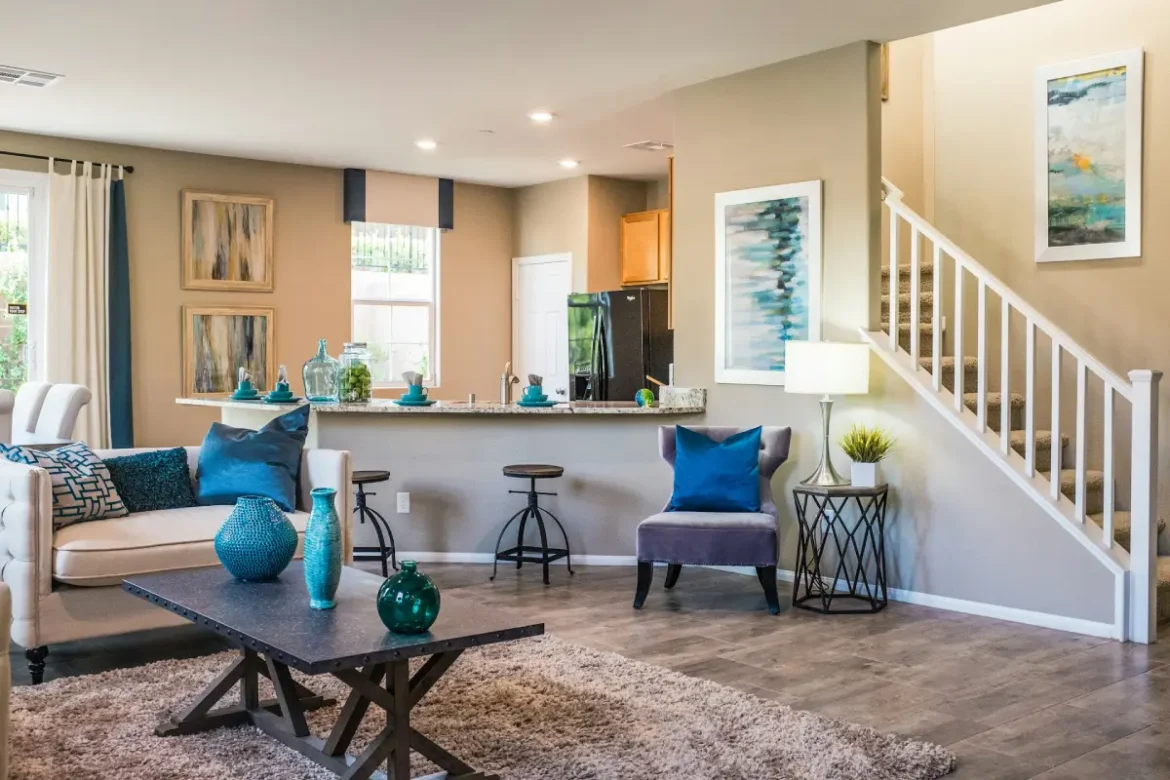Building the Future: Key Considerations for Designing Your Dream Home
In the contemporary housing market, the concept of custom homes has been gaining significant traction. The allure of a custom home lies in its ability to cater specifically to an individual’s lifestyle, needs, and preferences, something that a pre-built or cookie-cutter home often cannot provide. This personalization can manifest in various forms—whether it’s configuring the perfect home office, designing a chef’s kitchen for culinary enthusiasts, or creating open spaces that flow seamlessly for entertainment purposes.
Additionally, the process of building a custom home allows homeowners to select materials and finishes that exceed in quality and sustainability, leading to both immediate satisfaction and long-term benefits. With construction, individuals have the liberty to shape spaces that reflect deeply personal aesthetics while also addressing practical necessities like energy efficiency or accessibility. This tailored approach enhances living comfort and potentially increases the home’s resale value, making it a wise investment option.
Designing Your Dream Home: Key Elements
The design stage of building a custom home is arguably the most exciting part, yet it demands careful consideration to ensure the final outcome meets both current and future needs. One of the primary elements is the layout, which influences the functionality and flow of the entire residence. Whether you envision an open-concept living area or more defined, separate rooms, how the space is arranged can significantly affect day-to-day living. Experienced home builders play a crucial role during this stage, helping to translate your vision into practical design solutions that align with your lifestyle.
Equally vital is the efficient use of space; maximizing the utility of every square foot ensures that no area is wasted. This can involve incorporating innovative storage solutions, like built-in shelving or multipurpose furniture. Beyond practical considerations, the aesthetic aspect of design cannot be overstated. The choice of materials, colors, and overall style should resonate with what feels genuinely ‘home’ to its owners, balancing between modern trends and timeless appeal—with guidance from skilled home builders who understand how to bring that vision to life.
Exploring Sustainable Building Practices
As environmental concerns grow, integrating sustainable practices in home building has shifted from option to necessity. Adopting such practices benefits the environment and can drastically reduce utility bills and create a healthier living environment. Sustainable building practices involve using eco-friendly materials and technologies that minimize carbon footprints. For instance, incorporating solar panels, efficient HVAC systems, and sustainable insulation can lead to substantial energy savings over time.
In the realm of materials, selecting options like reclaimed wood, bamboo, or recycled metal can contribute significantly to eco-friendliness. For more detailed insights into the benefits and practices of sustainable building, check out the World Green Building Council, which provides a wealth of information on integrating green practices into home design.
Budgeting and Financing Your Custom Home
A custom home project starts with a robust financial plan. Setting a realistic budget that accounts for all foreseeable expenses is crucial. This involves direct costs like materials and labor, as well as indirect costs such as design fees, permits, and contingencies for unforeseen expenses. Developing a buffer within the budget can help absorb any unexpected costs that may arise during construction.
When it comes to financing, homeowners have a multitude of options available. Traditional mortgages, construction loans, and personal savings each have distinct advantages and disadvantages. A strategic decision tailored to individual financial circumstances is paramount. For a deeper understanding of creating a budget and choosing the right financial route, resources like this commentary on NerdWallet can offer valuable guidance and tips.
Choosing the Right Builders and Architects
Finding the right professionals to bring your vision to life is a critical step in the custom home process. It involves a detailed vetting process to ensure the expertise and reliability of builders and architects. Key considerations include verifying professional credentials, reviewing past projects, and obtaining client testimonials. A competent professional should also display strong communication skills, keeping the homeowner informed and involved throughout the process.
The selection process may be time-consuming, but it is vital to work with a team that not only understands your vision but has the capability to execute it with precision and creativity. This collaboration will ultimately translate your concepts into a tangible and lasting reality.
Leveraging Smart Home Technology
In today’s tech-driven era, smart home technology has become indispensable in enhancing the convenience and efficiency of homes. Integrating systems like smart thermostats, automated lighting, and security features allows for greater control over the living environment, often accessible remotely via smartphones or tablets. This elevates the ease of managing home amenities and promotes energy efficiency and cost savings.
The possibilities are expanding rapidly, with innovations continuously emerging. These technologies can be tailored to match lifestyle needs, providing comfort, security, and peace of mind. Embracing these technological advancements can future-proof a home, ensuring it remains functional and efficient as personal and technological landscapes evolve.
Common Mistakes to Avoid When Building a Custom Home
Embarking on a custom home project can be overwhelming, especially when aiming to avoid the usual pitfalls. Underestimating costs is a frequent issue, often leading to strained budgets and unfinished projects. A detailed and realistic financial plan can mitigate this risk. Another common oversight is inadequate future-proofing, where the design fails to take into account future needs or technology integration.
Moreover, neglecting essential design details or failing to express clear expectations to builders can result in dissatisfaction with the finished product. To steer clear of such scenarios, proactive planning and communication are key. Engaging with professionals to address potential problems before they arise can ensure a smoother construction experience.




